It’s no secret that puppy sales have skyrocketed worldwide, but we’re also seeing an increase in bites – is that related?
I want to delve into this a little more to help you understand what’s happened, where it’s going, and why it’s going wrong, then I want to give you, my lovely reader, some guidance on how to avoid this in your personal lives with your wonderful puppy.
I want to go through why it’s likely that dog bites have surged, what to do if your child is bitten by a dog (yours or someone else’s), how to help children avoid being bitten by a dog. I’m going to be frank, I’m going to be honest. Because that’s how you learn. I’m not inclined towards sensationalism, so this information is factual, and something that I passionately believe is avoidable with understanding and proper training — but proper training for people and puppies.
The Statistical Increase In Dog Bites.
Per the Journal Of Pediatrics and The American Society Of Plastic Surgeons have both reported increases in dog bites. Whilst plastic surgeons have seen a 10% increase on reconstructive surgeries due to a dog bite compared to 2019, the Journal of pediatrics shows a worrying trend with regards to children.
Children seem to have almost doubled their monthly highest in 2019 – which is a significant statement.
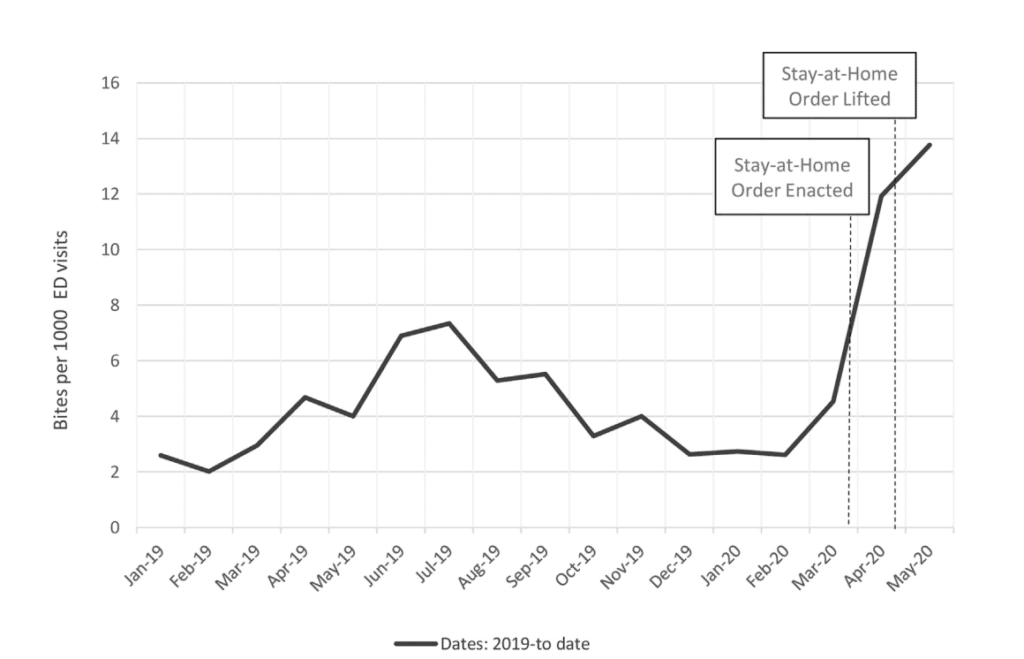
To me? This implies that the pandemic puppy boom has impacted the number of dog bites.
Why Have Dog Bites Increased.
Let’s start by looking at why dog bites may have increased. Once we understand the reason why bites may have increased, we can find ways to prevent these bites happening. It always starts with the why.
1 – Time And Exposure.
The last year has seen some unprecedented changes in the modern way of life for people. There are more people at home because of unemployment and there are those working from home.
This presents more exposure time for things to go wrong.
Then we have to contrast in that a lot of people have adopted and purchased dogs and puppies. This presents a number of problems.
First, the fact that often these decisions may have been impulsive and ill-considered and people that have gotten dogs might not be best placed to look after them, so misunderstandings can occur and dogs will bite if they’re feeling threatened.
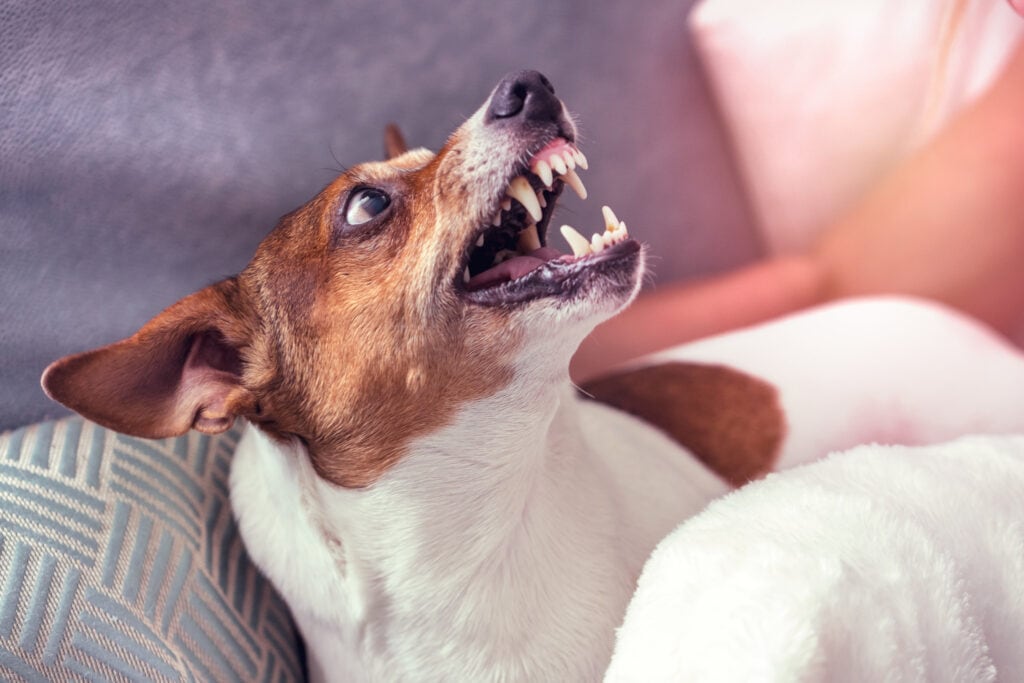
2 – Population Increase In Dogs & Puppies.
Next, there’s the fact that the surge in dog ownership will mean that the great and the not so great dogs are finding homes too. There is always an element of risk posed by a poorly bred dog (which is why puppy mills are just the worst option) but it’s hard to identify these dogs before the incident happens – especially to a first-time dog owner – who doesn’t have the assistance of a trainer.
Then there’s whether the dog or puppy is being set up for success as they go through their learning journey. Such as, rescues take about 3 months to settle into their home. The tumultuous scenario in the home right now is meaning that may be taking longer than normal.
3 – Lack Of Understanding
For puppies? Especially puppies in young families, they can be asked too much of, and puppies don’t understand how to self regulate their own needs. We’re seeing a spike in anxiety in the pandemic puppies, and we’re seeing that they don’t necessarily get what they need from socialisation right now and it means they are struggling to associate good or bad with new people or new dogs, and sometimes that reaction when tested is a bite – especially if they’re greeted a little too eagerly by grabby hands.
4 – The Underestimation Of How Much Rest Is Required.
For existing household dogs, it could be the fact that they’re being not let to rest as much and that every household member wants to take them for walks. It’s possible it’s just not what the dog wants to do, or can manage. This lack of sleep, too much exercise and sometimes a lack of respect of boundaries (or even pain!) can quickly cause a normal family dog to feel the need to bite to defend themselves. An overtired dog is a cranky dog after all…
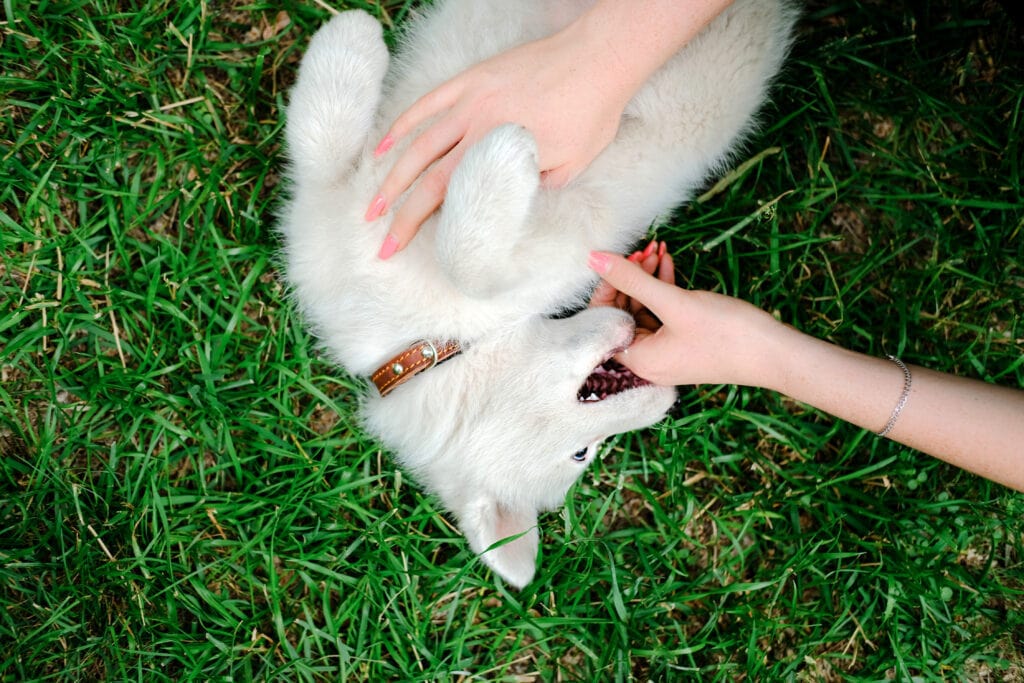
5 – Veterinary Care
Then there’s the possibility that there has been a lack of Veterinary attention – because of the COVID restrictions. A lot of vets are not taking certain appointments, and sometimes that may mean that a vaccination slips (such as rabies or distemper) and exposure occurs, or early signs of pain are missed. Then there’s the pet parent’s mental attitude towards going to the vets or chancing leaving something. These things can all result in a dog who is in pain. A pained dog is much more likely to bite than a well dog.
6 – Lack Of Training & Socialisation
New puppies and dogs alike are becoming more wary, I mentioned it before about anxiety spiking with puppies, but generally the fact that dog trainers have not had the ability to train in person, or been able to attend even desperate situations in home that may need the input of a professional trainer.
Then puppies have not had the ability to socialise in normal manners. That the new puppy parent has had to find inventive ways to create positive associations with new experiences (particularly with people, children & new dogs) to properly socialise.
With all of this? There is an understandable that dog bites have increased since the pandemic began – but it’s still not something to ignore. It’s something that we need to tackle together, and make sure that you are set up for success.
Remember, there are options! Training always has options that are viable for you, whether it’s in person classes, online training or a more DIY solution. There is something out there to help you.
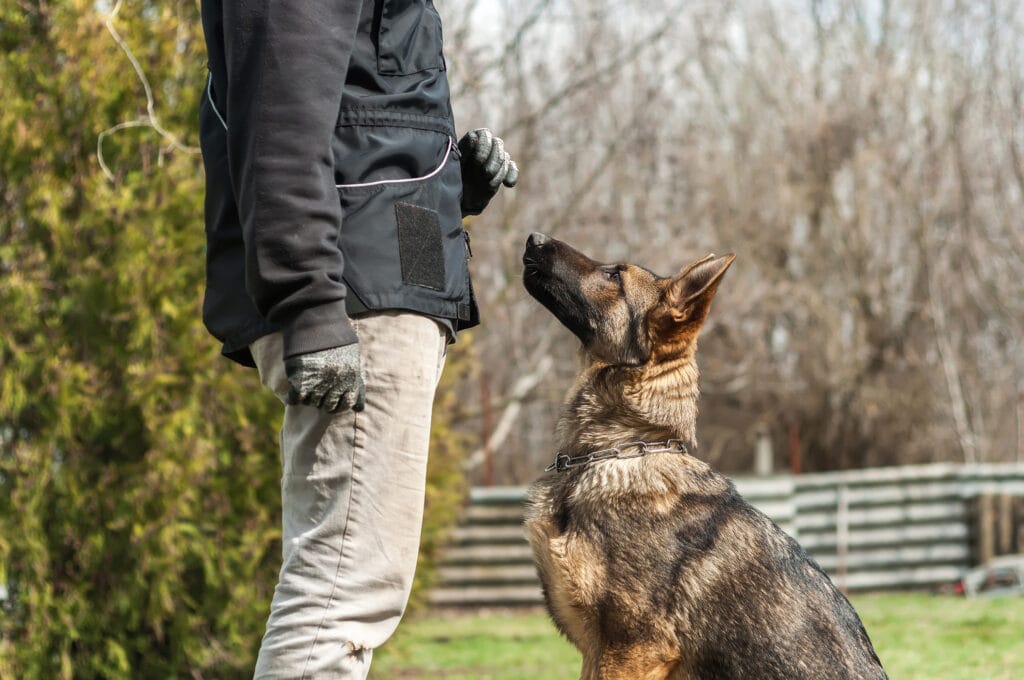
What Should You Do If Your Child Is Bitten By A Dog
How a parent should respond to their child being bitten by a dog depends on who owns the dog and the severity of the bite. The more severe the bite (i.e. if blood is not drawn, or if punctures are made) will mean that a more severe reaction will be required.
What To Do If Your Child Bitten By Your Dog Or Puppy
If you own the dog (which is more likely as bites tend to happen within a household), you have a full medical history (or at least something substantial) available to know if the dog has had his rabies vaccinations etc, and can be addressed with either first aid or medical attention as appropriate – providing your doctor with accurate information about the health of the dog also.
Then you need to turn your attention to why the bite happened. If they need to, involve a trainer or behaviourist and a vet – even if it’s digitally. The first step is always implementing management techniques and devices to ensure it doesn’t happen again whilst the situation comes under control.
What To Do If Your Child Bitten By Someone Elses Dog Or Puppy
If the parents do not own the dog, then it’s prudent for someone to get the dogs medical history, whilst medical attention is given or sought. Then it is up to the parents (though I would recommend) filing a report with your local authority who handles this, such as animal control. Make sure to check their insurance details as well as your own.
How Can You Avoid Your Child Being Bitten By Any Dog
Avoiding incidents is pretty easy to be honest! And I don’t mean to over simplify, but some is common sense, some is training, and then there’s a bit of management. But let’s break it down from the very beginning.
1 – Pick A Complimentary Breed
If you’re looking to bring a dog into your home, don’t compromise.
Scarcity has meant a lot of people have hopped on a dog that doesn’t suit their family.
When looking to get a dog, ensure the breed is complimentary to your family and your way of life, for example, a busy household with lots of young children may not want to pick a border collie because of it’s herding habits, but something like a golden retriever might be perfect if they’re active enough – whilst if they’re not active, a Cavalier King Charles Spaniel, might work better.
By picking a dog who compliments as opposed to conflicts with your families needs and desires, means that you’ll have a much more harmonious existence overall. It will mean that training isn’t tough for you.
Please don’t pick a dog just because they’re a cute puppy. That cute puppy grows up! Make sure it’s a good fit for you all.

2 – Children Should Be Supervised With Dogs At All Times.
It takes two seconds for something to go wrong, and it’s not worth the risk, and sometimes even physical barriers between them, because dogs roll over and sometimes they don’t know what they’re rolling on, and even something as simple as a child fidgetting could be enough to startle a dog.
3 – Instill Proper Manners In Your Dog.
From leash manners, to table manners, to an automatic sit (“if I want it, I sit” response, such that if a child has food at mouth level, the dog will always sit and not snatch). These things can save your child and your dog (or other people’s children) from getting into a scenario you would rather avoid.
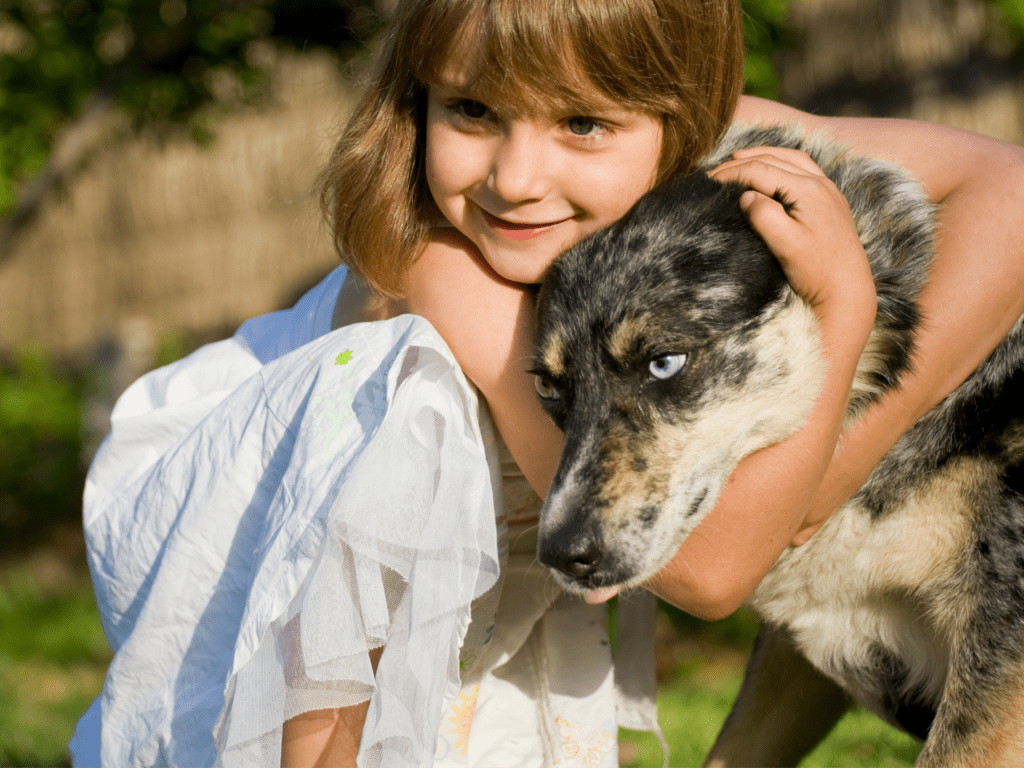
4 – Teach Your Children Proper Manners With Dogs.
Set boundaries like don’t allow your child to wake the dog, if the dog is asleep, let him sleep. Don’t allow your child to walk the dog, because even as teenagers, they won’t see danger that you do, which could be a strangers dog acting aggressively and your child getting caught in the crossfire. And then simpler things like don’t climb on the dog, or pull ears or jowels.
5 – Always Ask Before Approaching
Whether you’re a puppy owner and your dog wants to say hello to a child, or your child wants to say hello to a dog, always ask if it’s okay to do so first. Failure to do so means that you don’t know if that interaction will go well.
6 – Stimulate your dogs mind as well as their muscles.
A much repeated adage is that a good dog is a tired dog, but that has to be a balance of mind and muscles. Consider things like letting your dog find their kibble in the morning by scattering in through your yard, or feeding from a kong, or buffalo horn. Even games like hide and seek can be a wonderful engaging activity.
7 – Management is critical.
Making sure there are baby gates in place, or a play pen for a young child, puppy or dog, even something as simple as a closed door can be great for separating, decompression of both child and dog. These things may seem small? But they cannot be underestimated in importance. Mr Miyagi in Karate Kid 2 says “Best way to avoid punch, no be there.” and that goes for dog bites too. And management is the art of ensuring neither child nor dog are there.
How Do You Prevent Dog Bites?
One of the easiest things you can do to prevent your dog from harming a person is to be your dogs best advocate. Understand their limitations, and respect those limitations. I’ll get to that bit later, but here’s a great few first steps.
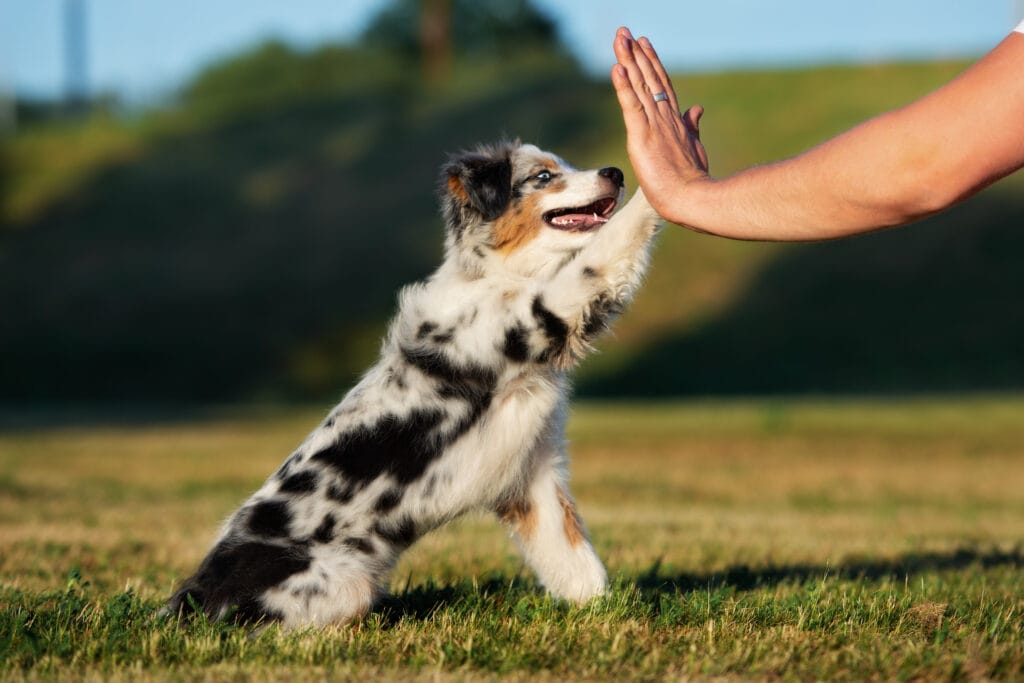
Start Training Young
One of my favourite things to say when I’m asked “When is best to start training my puppy?” — is “Yesterday”.
Training starts as early as possible. It starts with your breeder, and it doesn’t end with you, nor at any point through your dogs life. It’s not a task to be completed, it’s a day to day part of being a dog parent.
Still! The point is to start as soon as you can. Whether you opt for classes (when available, thank you Covid!) or for private training, or a more DIY solution. Puppy Training is necessary. By doing this? You can avoid a lot of issues, because you have worked on a bond with your dog, and you have a dog who listens. This will allow you to mitigate a lot of situations – honestly. A dog who listens and responds appropriately is a dog you can rely on, even if the world around you is going wrong. This in itself will mean that you’re best situated to avoid bites.
Understand Canine Body Language
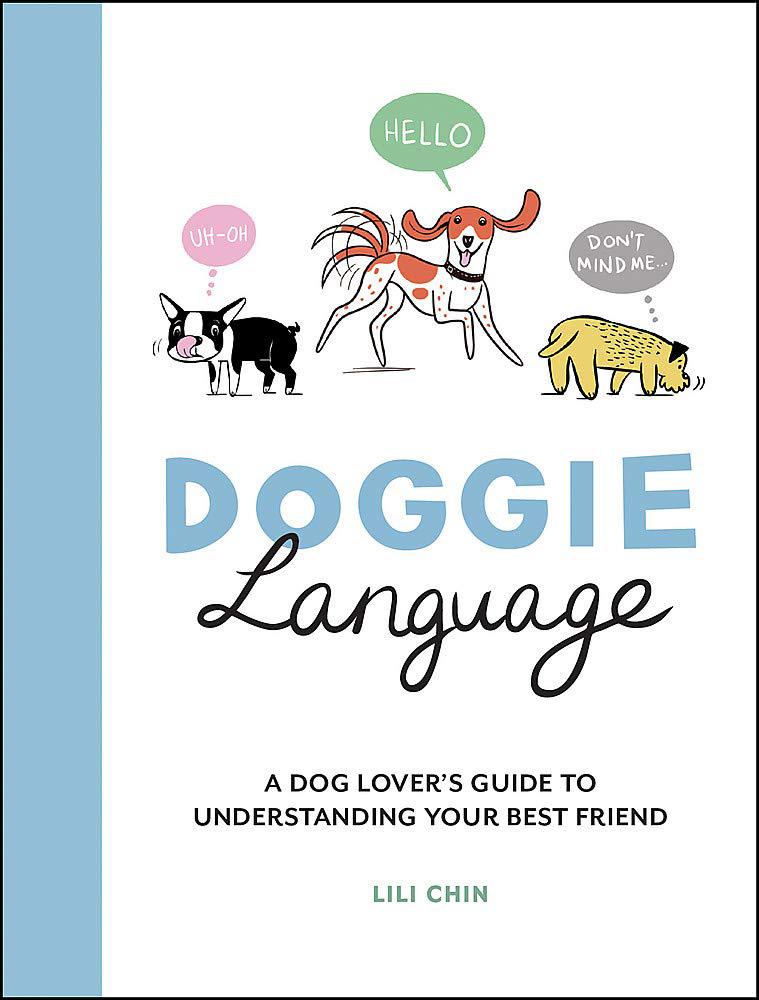
I harp on about this, but understanding whether your dog is comfortable is something you need to have a handle on if you plan on being sociable with your dog and translating what they are attempting to convey to the people in your surroundings.
If you want to get an insight? Checking out my piece on understanding puppy play will help, as will Lili Chin’s Doggie Language book. It’s a pictorial dictionary of canine body language, and it’s something that any dog owner (and particularly a parent of both children and dogs!) will benefit from. Learn it well and learn to recognise these signs in a small instant and you’ll be standing there able to understand your dog at any given moment.
Socialise Well
Part of training is socialising. And understanding that your dog needs to learn that all shapes, ages and sizes of people are acceptable. That Trucks are fine, that the postman is fine, that a traffic cone is fine too. There are all sorts of things in the world that are unnatural, and your dog won’t implicitly understand it’s ok, unless you craft a positive association.
Consider A Muzzle
Muzzles are often given a bad rap. But to me? They’re the single most powerful device that will protect you and your dog from a bite that should never have happened. It may look ugly, it may be an imposition on your dog (physically) and it may open them up to attacks from other dogs – but in way of preventing a bite? There is nothing more powerful.
My favourite entry level muzzle is the Baskerville Ultra. It is training that I believe every dog should have for a multitude of reasons thats in line for another blog post.
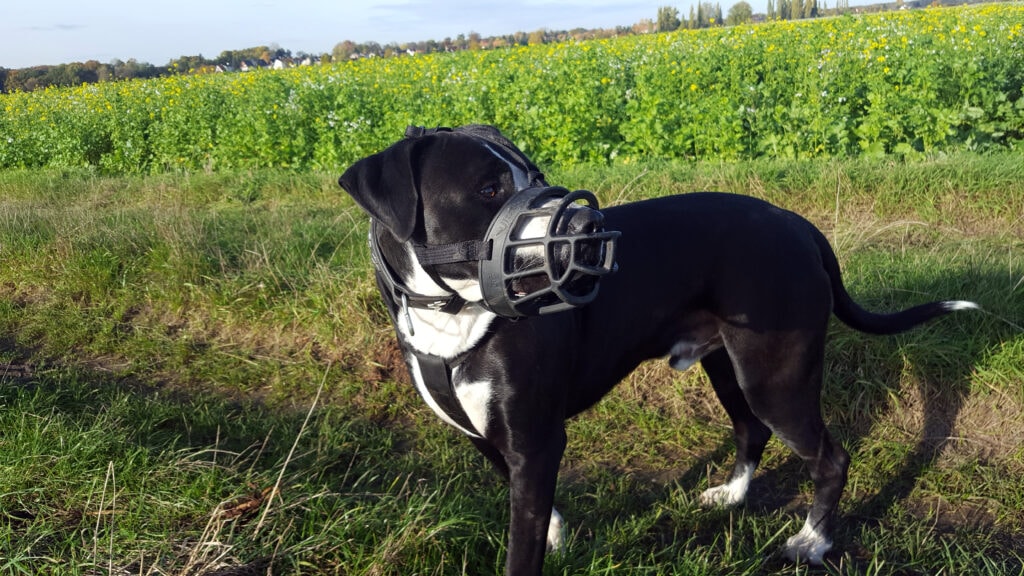
Consider A Physical Fence
In the US (certainly near me) it’s often the case that there are not fences between properties. This means that if a dog chooses and is left unmonitored? They can pass into one anothers yards… this then opens up a lot of risks beyond your control.
A physical fence (not an ‘invisible fence, please) will help to keep other dogs, people or children out, keep your dog in. This, as a management solution, is one that should be considered in order to secure the setting.
Consider Your Dog.
If your dog needs to not go to a dog park, then don’t take them to a dog park.
Sometimes these things come down to simple things like that, but there also has to be slow and patient socialisation work done too. You have to meet their needs, a happy dog is less likely to bite, and more likely to be tolerant or faux pas.
Are There Other Things To Be Considered?
Yep! Legalities and Insurance.
For your own protection, ensure that you are legally aware of how your state or country respond to dog bites. Understanding the risk is the first step. The second is having public liability insurance for your dog. Medical bills can be expensive, so are law suits. Ensure you’re covered as best you can just in case.
Remember, No Dog Bite Comes From The Blue
Understanding the signs of a dogs discomfort is critical. It’s known as the ladder of aggression, that dogs will give calming signals to avoid conflict, then they’ll to several stages of warning before they get to a bite. Knowing and being able to recognise those is critical to the success of any dog owner.
And not punishing a growl is really key too! Dogs don’t growl to be menacing, they growl to say “I’m not comfortable” and we humans should listen.
Almost no dog truly bites out of the blue there are cues, there are signals… we just have to learn to understand what they’re trying to communicate in order to cohabit the way we truly deserve to, happily and peacefully.
And That’s All, Folks!
I hope that helps you understand how you and your dog, and your children can best avoid dog bites. That it is possible, that oftentimes, these things are a miscommunication that escalates.

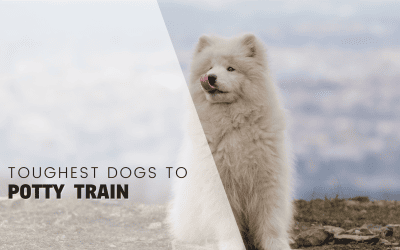

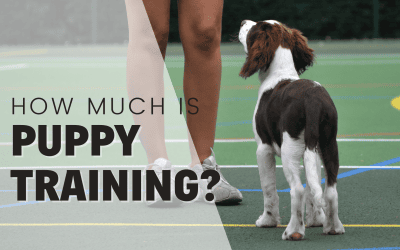

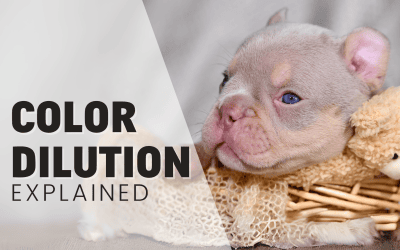
This is great information for keeping everyone safe. No one wants their dog to bite.
Having a dog is a lot of work and patience. We got our first pup 2 years ago. She is so tame and very friendly.
Sharing this to my family and friends who have dogs. As a pet owner it’s our responsibility to keep our dog in safe and teach them to behave when other people around.
That is crazy how much dog bites have increased! What an interesting statistic. I have heard that vets are just totally overwhelmed by all the people who bought pets on a whim. It is sad that so many animals are not being cared for correctly because they were purchased out of trends or boredom.
I think many bought pets but hadn’t thought it through properly. Many aren’t aware of the animal’s needs or how to train them.
These are great tips to reduce biting in dogs. Ill share this with my friend who has a few dogs.
Great article. I wouldn’t have thought that bites would have gone up. And thanks for sharing tips on reducing this
Well, there’s no point in recognising a problem without giving steps to avoid it, right? Thanks Louisa!
We are planning to adopt a puppy this summer and we understand that we need to do a lot of work to have a good life all together!
It’s definitely a lot of work, but it’s doable. If you want to chat through what breed you’re planning on getting, feel free to get in touch and I can help guide you on suitability!
I agree that you need to be your dog’s advocate, and that you know if your dog can handle being around other dog’s or not. That is so important. Thank you for sharing all of this, it may really help those who are struggling.
I hope so! That’s the aim of what I do!
Our neighborhood has seen a rise in dog bites and we really didn’t know why. This may be the answer. I’ll share the info with our neighborhood board.
Please do, and if anyone needs consults you know where I am!
This is so interesting. I had no idea that dog bits have increased.
This post is very informative, I know of a few people who purchased a puppy within the last year.
Great article! I was bit by a dog once. I didn’t even know he was coming and I was bending over getting my baby out of her stroller and he came up and latched on to my rear end!
We had a puppy years ago that would nip and we were so scared to let our nieces play with him. He eventually outgrew it but I completely understand the stress this brings!
It’s often underestimated, thanks for your response!